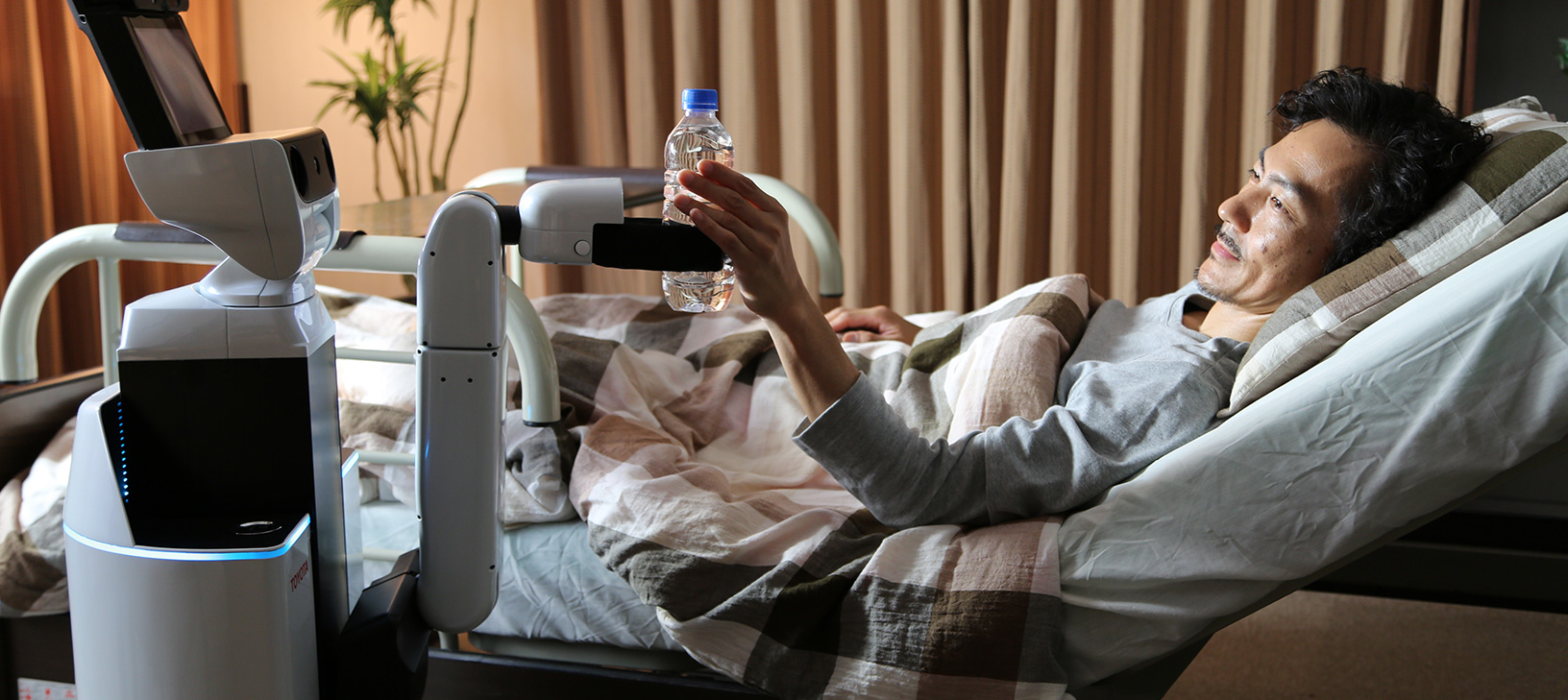A new Japanese research effort aims to use cutting-edge AI to deliver robots capable of assisting the elderly and people with disabilities.
What’s new: Toyota is teaming up with Preferred Networks, a Japanese AI company, to sprinkle a little intelligence over the assistive robots it’s currently working on. Toyota will loan several dozen human support robots (like the one shown above) to Preferred Networks, and the two companies will work together to make these service robots smarter and more useful.
Deep thoughts: Preferred Networks, founded in 2014, specializes in deep learning, the technology behind today’s big AI boom. The company’s algorithms are already employed in health-care imaging, industrial automation, and autonomous driving. The new research project is a sensible move, then—demand for assistive robots could be huge in Japan and elsewhere in coming years.
Don’t settle for half the story.
Get paywall-free access to technology news for the here and now.
